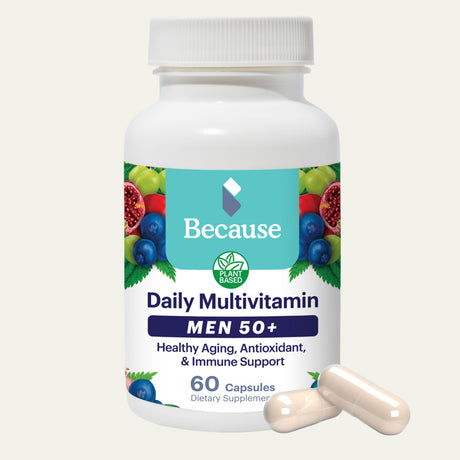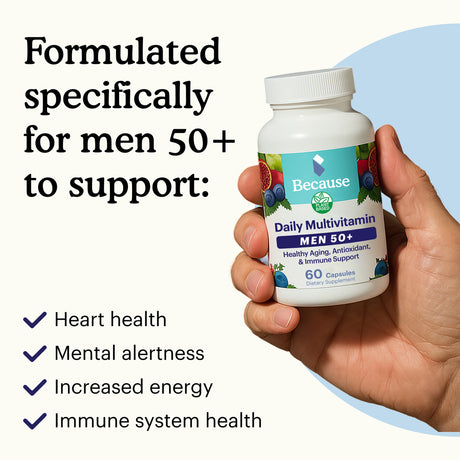After you use the bathroom, you want to feel fresh and clean. Unfortunately, toilet paper doesn’t always get the job done — and for some, using plain paper products is difficult to do. Flushable wipes solve these problems, but if you spend some time on social media, you’ll see plumbers and homeowners lamenting that wipes clog home plumbing systems. But here’s the catch —, manufacturers of disposable wipes say they’re safe to flush. So who's telling the truth? In this post, we’ll get the real answer, so you can decide which flushable wipes to buy.
What Are Flushable Wipes?

Flushable wipes are wet wipes used to clean up after using the bathroom. Companies market them as alternative toilet paper, but some people use them with traditional toilet paper to get an extra-clean feeling.
These wipes are made from thin sheets of material that manufacturers soak in a mild cleanser. After you use a wipe to clean your private area, you flush them like you do with regular toilet paper.
When you flush the wipes, they should break down as they move through the pipes so they can easily pass through a septic system.
Why Use Flushable Wipes?
Flushable wipes provide many potential benefits, including:
- Odor control: Because they’re moist, flushable wipes may remove residue that toilet paper might miss. As a result, wipes reduce the risk of incontinence odors and general body odor.
- Faster cleaning: The cleansers in flushable wipes allow them to clean more efficiently. Sometimes, you can wipe just once with a wipe rather than several times with toilet paper.
- Less irritation: People suffering from irritation due to incontinence may find rough toilet paper less comfortable than a soft wipe.
- Easier for caregivers: Those who provide bathroom assistance for others may find it easier to use flushable wipes.
- Easier for users with disabilities: People with autism incontinence, memory problems, and physical disabilities that limit their mobility may find it easier to use wipes.
What Are Flushable Wipes Made of?
Some wipes are made from plant-sourced fibers like cotton. Others may blend plant-based fibers with synthetic materials to reduce costs. Consumers should read product labels and descriptions to know what personal hygiene products contain.
Can You Flush Flushable Wipes?

Whether you can flush flushable wipes is a controversial topic. Unfortunately, anecdotal evidence and studies suggest that not all flushable wipes live up to their name. In one test performed by Consumer Reports, it took 10 minutes for four well-known brands of flushable wipes to break down into small pieces. Based on these findings, the publication concluded that flushable wipes might cause blockages in pipes within a home and the septic systems they connect.
Many cities echo these concerns. The social media accounts of the Sanitation Districts of Los Angeles County in Los Angeles, California, and Charleston Water in Charleston, South Carolina, are just two of the many water authorities that have posted on social media to raise awareness about the issue. These officials say that when you flush wipes, they fail to break down and cause everything from backups in home toilets to severe damage to the impellers and other equipment in wastewater treatment plans.
From posts and news stories like these, you can quickly see that flushable wet wipes belong on the Do Not Flush list alongside other items like feminine hygiene products and paper towels. However, this advice might be overly broad.
The Association of the Nonwoven Fabrics Industry (INDA) has a different opinion about flushable wipes. After executing a rigorous testing process, the organization concluded that some wipes would disintegrate after flushing, but many others won’t. The INDA states that the problem comes from the type of materials used to produce the wipes. Manufacturers that use nonwoven plant-based fibers are more likely to make truly flushable wipes.
Instead of discouraging flushable wipes altogether, the INDA proposes adopting a national standard for flushable wipes sold in the United States. The standard would require flushable wipe manufacturers to submit their products for disintegration tests before labeling and marketing them as flushable.
When making its case, the organization states that sewage problems usually aren’t caused solely by flushable wipes. Human waste, moist toilet tissue, and a mix of personal hygiene products are generally to blame. Even regular toilet paper can cause plumbing problems in some cases.
Which Wipes Aren’t Flushable?
Although there’s some controversy about flushable items, experts agree there are some types of wipes that you should never flush to avoid plumbing and septic system problems. These include:
- Baby wipes
- Wipes marketed as feminine products
- Barrier cream wipes
- Antiseptic wipes
- Facial towelettes and makeup remover wipes
- Wipes designed for cleaning glass, countertops, and other materials
- Disposable washcloths
Why Shouldn’t Some Wipes Be Flushed?
Some wipes aren’t flushable because their materials won’t break down in the water. They could get caught in your home’s plumbing system, leading to blockages that cause toilets to overflow. They could also form blockages if they make it out of your drain lines into the sewer pipes or your septic system. Should they reach a sewage treatment facility without breaking down, the wipes could get caught in machinery and cause severe damage. There are also concerns about how intact wipes may affect marine life.
How to Dispose of Flushable Wipes vs. Non-Flushable Wipes

With a flushable wipe, the proper way to dispose of the item is to flush it down the toilet. If you’re using a new brand of wipe, keep your eye on your toilet for a few weeks to catch any signs of blockages. Try not to flush toilet paper and wipes at the same time. Consider switching brands if you notice the toilet struggling to empty or experience backups.
Non-flushable wipes should be disposed of similarly to how you dispose of incontinence products and feminine hygiene products like sanitary pads. Place them in a disposable bag and throw them into the trash.
How to Choose the Best Flushable Wipes That Truly Disintegrate
To choose the best flushable wipes, follow these tips:
1. Read the Packaging Carefully
Look to see what materials the wipes are made from. Terms like “plant-based fibers” are usually a good indication that a wipe will disintegrate.
2. Check Out Online Reviews
Many websites now provide on-page reviews that allow you to see what other customers say about specific products. Look to see the overall rating for the product and how many positive vs. negative reviews there are. Order something different if you see many negative reviews with people stating they needed plumbing service calls after using the products.
3. Consider Other Ingredients
People who have sensitive skin, suffer from incontinence-related irritation, or frequently develop urinary tract infections should look for gentle wipes. Words like “alcohol-free” and “hypoallergenic” are reasonable indications that those wipes are suitable for those prone to infections and inflammation.
Because Extra Large Cleansing Wipes are not flushable, but they feature plant-based fibers, aloe vera, and lanolin to soothe sensitive skin. They're free of parabens and dyes and engineered to meet the needs of people with incontinence. Our wipes are designed to help soothe skin after incontinence and that means they're thicker and more durable than other brands. Dispose of these wipes in our disposal bags or in your bathroom trash.














